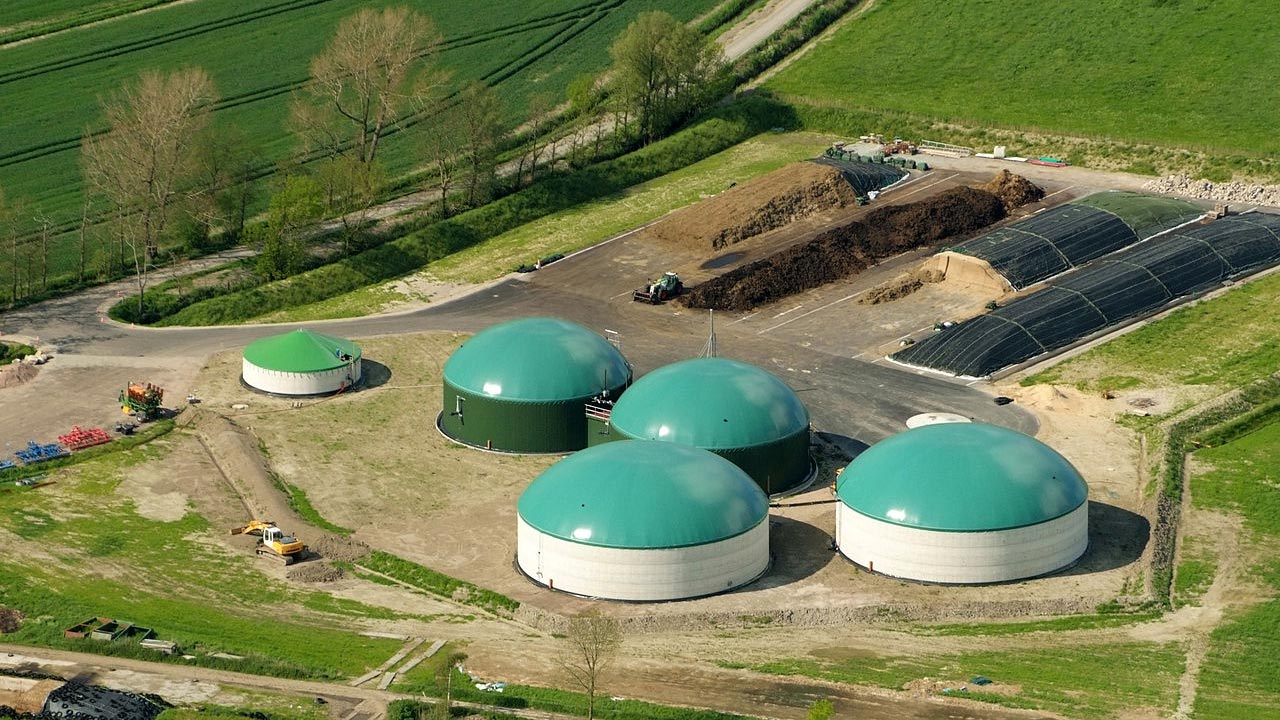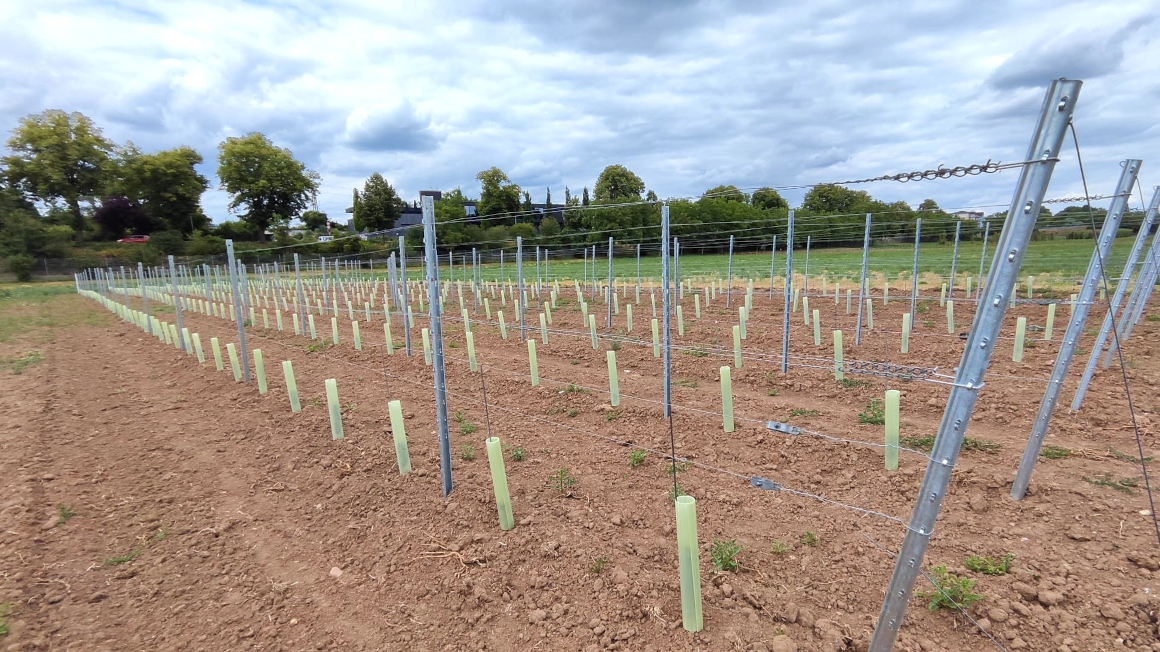Measuring the microcosm of biogas plants
For a long time, the living environment in the fermenters of biogas plants was a black box. An EU consortium with the participation of researchers from Cottbus has used metagenome analysis to track down the most important microbial biogas producers.

Biogas is one of the components that are to replace fossil raw materials in the energy transition. It is produced by microbial communities fermenting biomass. In principle, the processes involved are well understood, but how the microbial communities are composed has only been partially researched so far. An international research team with the participation of the Brandenburg University of Technology Cottbus - Senftenberg (BTU) has taken on this task – and made an important discovery.
Striking, as yet undescribed group of bacteria discovered
Within the EU-funded Micro4Biogas project, the participants recorded the technical and biochemical parameters for 45 biogas plants. They also took 80 samples and analysed the microorganisms living in them. To do this, the team sequenced the DNA of the respective samples and identified the microbes present in them by comparing the so-called 16s-rRNA gene with reference databases. This gene is found in all microorganisms, but varies slightly between the different strains and can therefore be used for identification. This revealed a common group of bacteria whose 16s-rRNA had already been mentioned in other studies, but which had not yet been cultivated and studied in the laboratory.
However, in the subsequent complete sequencing of the metagenomes of 30 samples – the totality of the DNA of all microbes in them – the bacterium could not be detected. Obviously, there was not yet a complete sequence in the databases for comparison. The team therefore painstakingly isolated the specific DNA of the unknown bacterium from the mass and found that it belonged to a previously unknown order. The researchers called it Darwinibacteriales.
Probable interaction with methanogenic archaea
"Interestingly, members of the Darwinibacteriales were present in all 80 samples, despite the differences and distance between these plants," explains Christian Abendroth from the BTU. The researchers suspect that certain members of this order interact with methanogenic archaea. If this is confirmed, the bacteria now described have a central significance for biogas production. This knowledge, in turn, could be a starting point for optimising biogas production.
"This is a nice example of something that was right under our noses, essential for biogas production, but remained hidden from us for a long time," Manuel Porcar sums up, Micro4Biogas coordinator from the Spanish University of Valencia. The work so far has already resulted in two publications on bioRxiv, which are still being reviewed as preprints – one specifically on the Darwinibacteriales and one on the entire analysis of the 80 samples. But the evaluation of the 80 samples is far from complete – and could reveal further surprises.
bl


